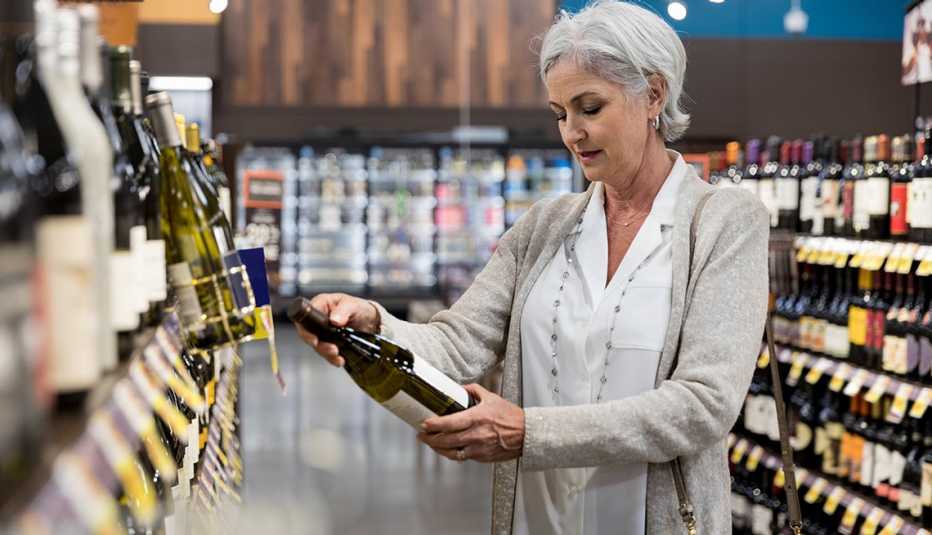Staying Fit


"My career was very fulfilling but also very stressful,” says Debra Henning*, 67, recently retired from a high-powered job as a pharmaceutical company executive. Upon returning home in the evening, Debra would turn to alcohol to relax. “It was difficult shifting gears — transitioning from 100 miles an hour to a more sedate home life,” she says. “A glass or two of wine helped put the stress of the day behind me, to chill out a little.”
Henning isn't alone: A growing number of women seem to be falling into a pattern of heavier drinking. A study published in 2017 in JAMA Psychiatry examining drinking habits among adults in the U.S. between 2001 and 2013, found that high-risk alcohol use — specifically women consuming four or more drinks in a day, on a weekly basis — rose about 58 percent. And while men drink more than women, research indicates that the gap between the genders is narrowing.


AARP Membership— $12 for your first year when you sign up for Automatic Renewal
Get instant access to members-only products and hundreds of discounts, a free second membership, and a subscription to AARP the Magazine.
Why we're drinking
What's behind the imbibing? Well, stress, for starters. In an increasingly go-go world, we're looking for a way to unwind, and a glass of vino is often just the ticket. Women are also twice as likely to suffer from mood disorders, such as depression and anxiety — two common triggers for popping the cork — than men. And those of us who are 50 and older may be facing down menopause and fears of aging, dealing with the loneliness of an empty nest, grappling with the loss of a spouse or end of a marriage through divorce, or struggling with caring for an elderly parent.
Women and Drinking: How Much Is Too Much?
Moderate drinking: up to one drink a day
Heavy drinking: more than three drinks on any day
Defining a drink: A standard glass of wine is 5 ounces at about 12 percent alcohol, one beer is 12 ounces at about 5 percent alcohol and a shot has 1.5 ounces of distilled spirits at about 40 percent alcohol.
—National Institute on Alcohol Abuse and Alcoholism
"In our 50s and 60s, we're adjusting to changes to lifestyle and in family life,” says Ann Dowsett Johnston, author of Drink: The Intimate Relationship Between Women and Alcohol. “It's easier to reach for a glass of wine, if you're stressed or depressed, than it is to see a doctor."
And let's face it: Alcohol is a terrific social lubricant. “Women are more likely to endorse the relational effects of drinking,” says Sharon Wilsnack, a clinical psychologist at the University of North Dakota School of Medicine and Health Sciences. “It makes us feel closer to other people.”
Slick marketing campaigns have made it easy, prodding us to pour. “We have seen a significant uptick since the mid-1990s in what I call ‘pinking of the market,’ which focuses on products designed to appeal to women,” says Johnston. You'll find everything from cotton candy-flavored vodka to wineglass holders designed to suction onto the tub wall so you can get sauced as you soak.
"It's all very glamorized,” Johnston notes, “but alcohol marketing never shows the runny mascara the next day, the heaving stomach. There are downsides to drinking we don't talk about."

































































More on Health
9 Signs You May Have a Drinking Problem
Ask yourself these questions about your alcohol useNavigating Social Situations as a Nondrinker
8 strategies for people who've decided to stop drinking
How Alcohol Affects Us as We Age
Why it matters that older adults are drinking more than ever